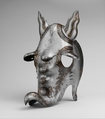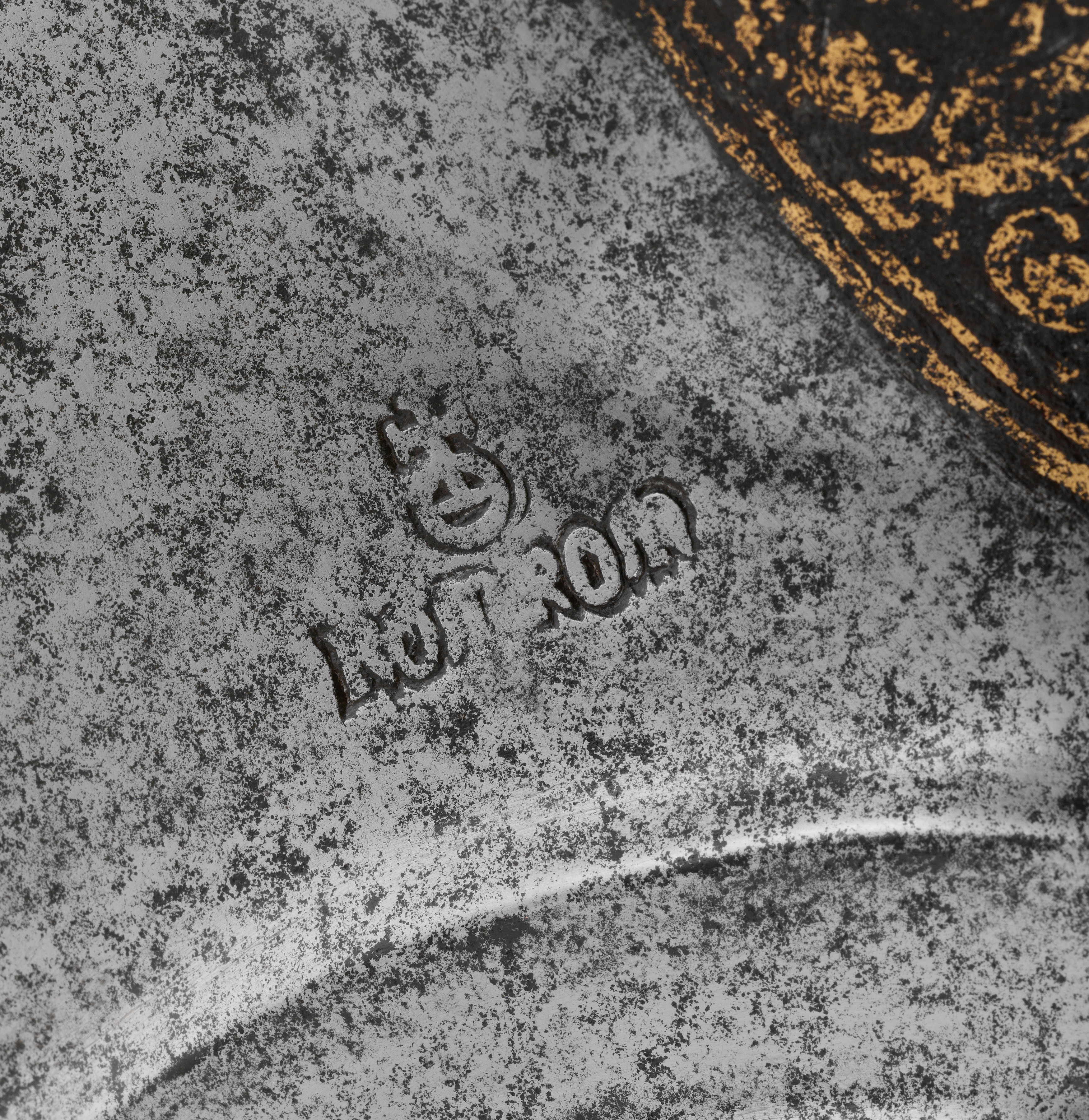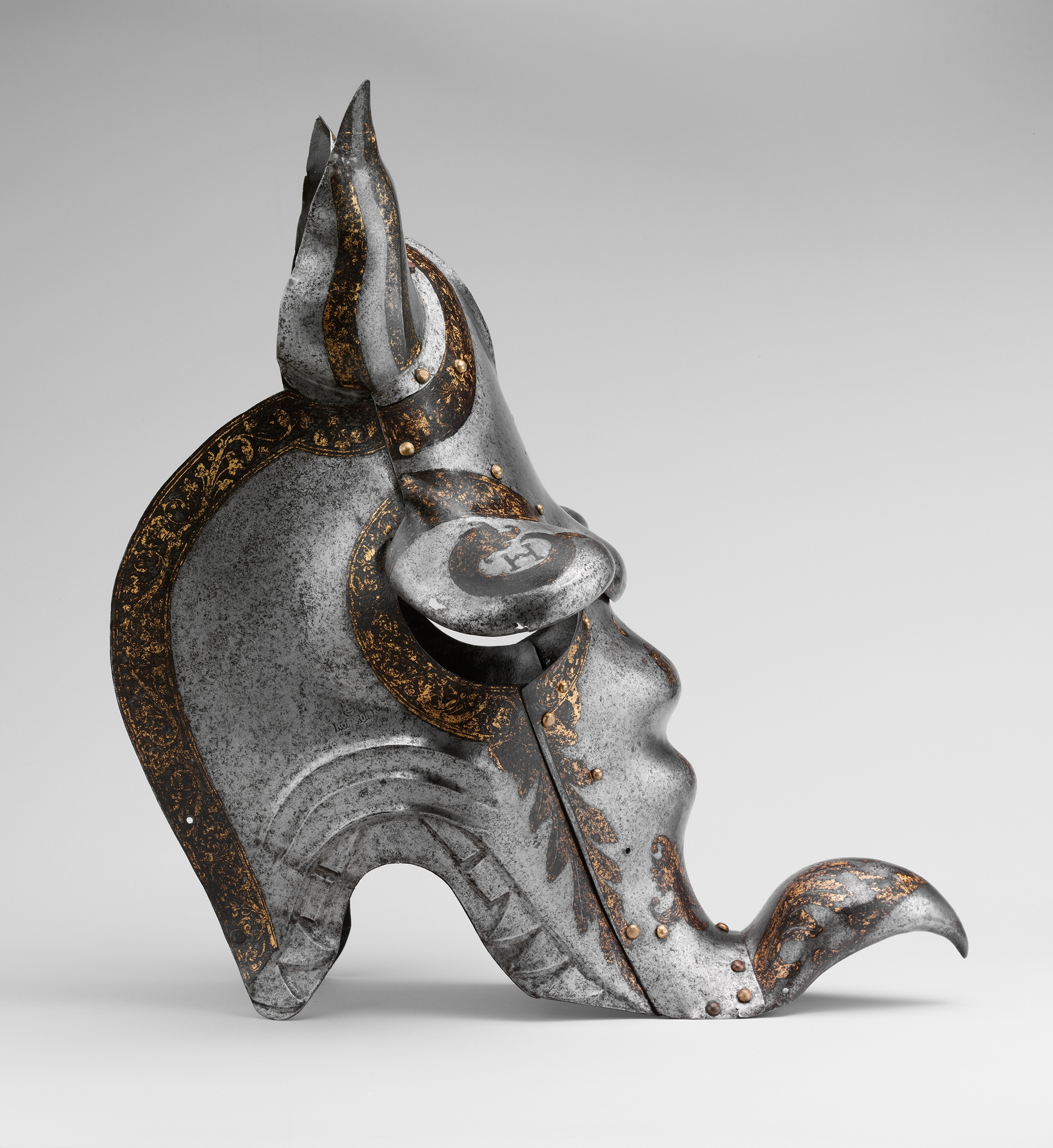Shaffron (Horse's Head Defense) of Henry II of France, When Dauphin
Attributed to Romain des Ursins Italian
Not on view
In the Renaissance, elaborate parade armor of fanciful design was often employed in tournaments, ceremonial entries, and court pageants. This shaffron, shaped as a fierce dragon's head, was made at the end of the fifteenth century, perhaps for the French court, by a Milanese armorer working in Lyon. It is among the earliest surviving examples of parade armor in the "heroic" style, which alluded to the heroes of literature and legend. This shaffron was redecorated in 1539 with gold-damascened motifs including a fleur-de-lis, the letter H, and dolphins, indicating that it was refurbished for use by the French dauphin Henry (1519–1559), who assumed the throne as Henry II in 1547. The shaffron can probably be associated with the ceremonies connected with the tour of France made by Emperor Charles V in 1539, during which the dauphin was in constant attendance. The reuse of an older piece of armor, redecorated for this occasion, suggests that there was considerable haste in assembling the necessary equipment for the ceremonies.
Due to rights restrictions, this image cannot be enlarged, viewed at full screen, or downloaded.
This artwork is meant to be viewed from right to left. Scroll left to view more.




